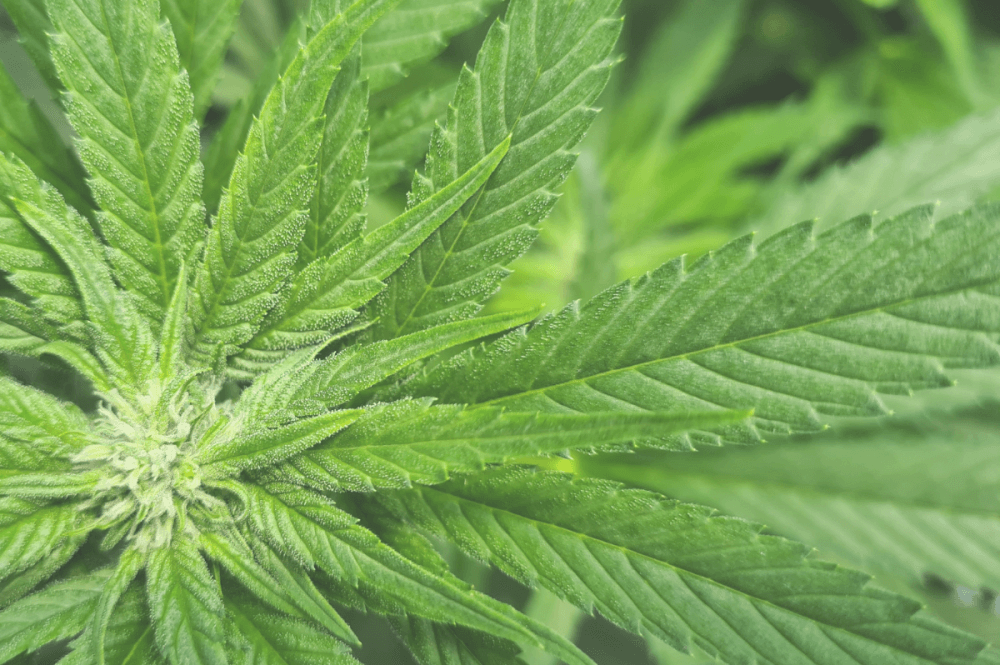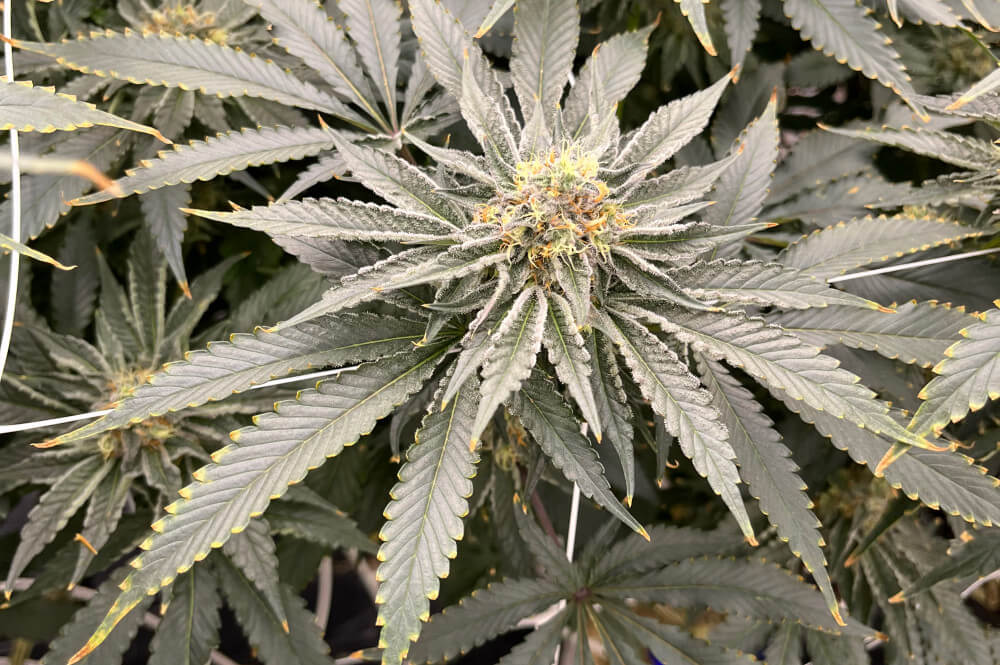
Water Content, EC, and pH in Stone Wool for Cannabis
8 oktober 2022
What are the correct ranges to maintain for cannabis cultivation?
When handling the stone wool right, important aspects such as water content (WC), electrical conductivity (EC), and pH, can easily be monitored and adjusted when needed. The reason these aspects have to be closely looked at is their heavy influence on crop health, growth, and development.
There are several things that can be adjusted to influence the WC, EC, and/or pH in the stone wool, such as irrigation amount, schedule, and the given nutrient recipe. This is what we called steering the crop with irrigation and stone wool offers this wide range of control.
About the Water Content
What concerns the WC, thanks to the high water retention of stone wool, more water can be held for a longer period of time compared to other substrates. As well it is easy to increase WC which has a vegetative effect or decrease WC which has a generative effect on crop development. Usually over the crop cycle the WC in the root zone will be between 50% and 90% depending on the crop stage and plant development. Important aspects in relation to daily WC level are cycle size, amount of cycles per hour, start & stop times and the decrease in WC during the night. This we will discuss in depth in future articles.

Balancing the EC and pH
By adapting the nutrient composition of the fertilization mixture the EC (mS/cm) and pH can be affected. When EC levels are too high, osmotic pressure around the roots increases, making water uptake more difficult, and when the pH is not within the preferable range, meaning too acidic or too alkaline, struggles such as lack of nutrient availability for the crop to uptake can result in nutrient deficiencies and damage the growth and development of the plant.
Therefore, it is important to make sure the pH of the nutrient solution is around 5.5 to 5.8, which is a pH range that allows nutrients to be taken up by the plant. What concerns the EC of the nutrient solution, the preferable level depends on the growing stage the crops are at; for cannabis propagation, the optimum EC is 1.5 to 2.5 mS/cm, while for the vegetative to flowering stage it is 2.4 to 3.0 mS/cm. Nevertheless, it is important to understand the difference between the EC of the stone wool, and the EC of the irrigation solution, both should be measured and monitored. The range of the stone wool EC can go from 3 to 6 mS/cm without it damaging the crop. Steering the EC in the substrate is done by the gift EC, moment of 1st drain and amount of drain.
Efficiency is key
Full control over WC, EC, and pH maximizes resource efficiencies, which increases sustainability and reduces costs. Measuring these aspects in cultivation is important, therefor please check in following articles how to do correct measurements for WC, EC, and pH.
Want to know more?
On this website you will find more information on our stone wool substrates and instructions for optimum use! If you have any question, remark, or request, please feel free to contact us here, or via our Facebook and Instagram accounts.
Więcej pozycji



